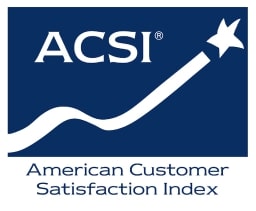As hurricane season concludes this month, we’re thankful for minimal weather-related events. I want to assure our members, that while we hope emergency protocol never has to be called into action, GVEC is committed to being prepared to handle situations when they do arise.
In fact, in 2017 we experienced first-hand just how important hoping for the best and preparing for the worst was when Hurricane Harvey blew through the Guadalupe Valley. Winds up to, and at times exceeding, 60 mph caused 17,000 meters to lose power over 3,500 square miles of our service territory demonstrating just how crucial it is to prepare and plan for such events. We were able to restore power to all our members within just a few days. How did we do it?
Plan
GVEC has developed an Emergency Operations Plan that is examined and revised regularly to stay up to date. In conjunction with Texas Electric Cooperatives and the National Rural Electric Cooperative Association, we produced a written disaster plan to guide us in proactive and reactive recovery of systems, lines and equipment. This high-level guide covers a wide range of circumstances that we hope we will never have to face. But as we’ve seen over the past few years, planning makes the difference of days versus weeks without power for our members.
Practice
GVEC conducts table-top exercise at least twice a year to ensure accuracy and functionality of the Plan. Our Control Center practices drills regularly and frequently. It is imperative that all communications function properly at all times, so we rely heavily on our Outage Management System. This system alerts the Control Center to outage locations, size, and what crews are in the field and their proximity to the outage.
Procedure
In the event of emergencies producing a mass number of outages, GVEC uses a procedural guideline to restore power in a secure and orderly manner. As each part of the electric system is dependent on the other, working the lines in a specific order is the most efficient way resolve immense outage situations. After working transmission lines and equipment, substations are focused on. From there, focus shifts to repairing three-phase distribution lines and then single-phase lines. Three phase taps, single phase taps and then transformers are repaired, rounding out the restoration procedure. Throughout all of this, safety remains the key objective—not compromising safety standards or regulations for any reason for the public or our employees.
People
All our planning, practice and procedures wouldn’t amount to much without our people. But it’s about more than just being fully staffed and well trained. GVEC employees take pride in service and care about our members as well as each other. This is what truly makes a difference when we find a natural disaster rearing its head in our service territory.
I am always interested in your comments and feedback. Contact me by phone at 830.857.1152, by email at dschauer@gvec.org or by mail at P.O. Box 118, Gonzales, Texas 78629.



